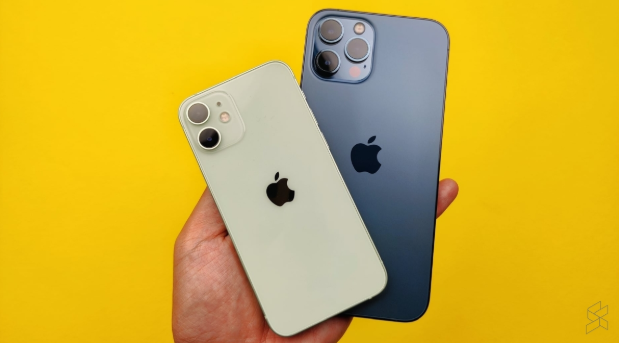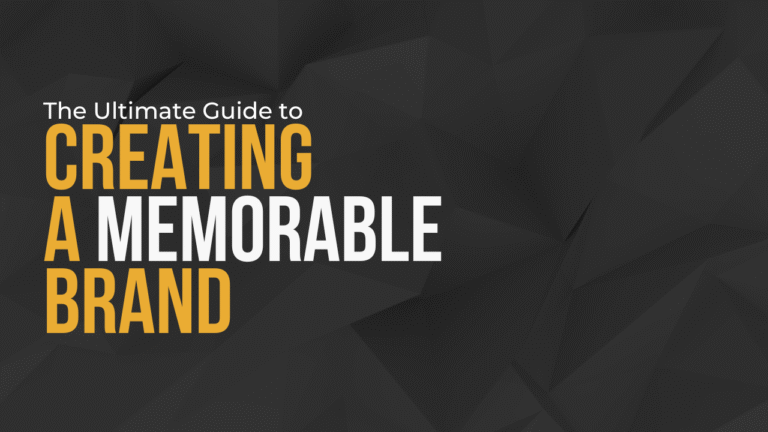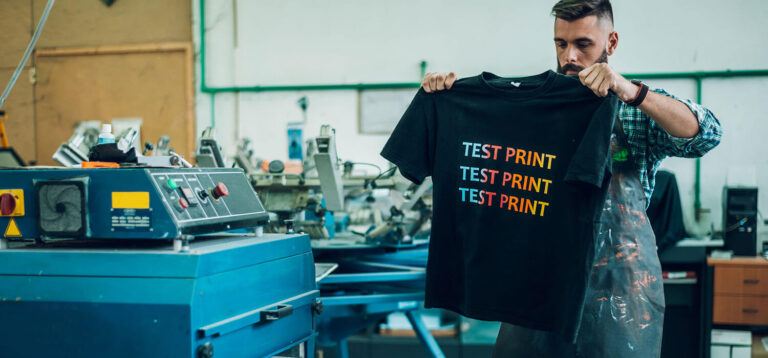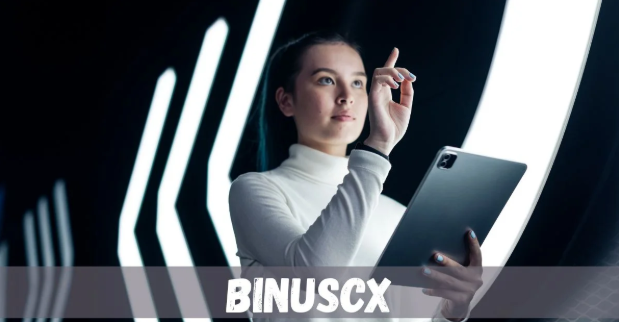Choosing the perfect typeface for your poster design is one of the most crucial decisions you’ll make. The right font can elevate your message, catch the viewer’s attention, and enhance the overall visual appeal of your design. Whether you’re designing a bold event poster or a minimalistic advertisement, your typeface can make or break the impact of your poster. If you’re working on a quick design, you can even save time with a free printable poster maker, which often comes with a variety of font options to choose from. But knowing how to select the best one is essential.
In this article, we’ll break down the factors to consider when picking the right typeface for your poster design and share actionable tips for ensuring that your typography supports the message and style you’re aiming for.
1. Understand Your Poster’s Purpose
Consider the Message
Before selecting any typeface, it’s important to think about what your poster is trying to communicate. Is it promoting an event? Selling a product? Or sharing a cause? The tone and mood of your message should guide your font choice.
For instance, a bold, sans-serif font might work well for a concert poster, conveying excitement and energy. In contrast, a serif font with elegant strokes would be a better fit for a formal event or luxury brand. Your choice of type should reflect the emotional tone of your message.
Audience Matters
Who are you designing for? The font that appeals to a younger audience may differ from one targeted toward a more professional crowd. When designing a poster, always consider your target demographic’s preferences and expectations.
2. Readability Is Key
Make Sure It’s Legible
Your poster should grab attention from a distance, so it’s crucial that the typeface is easy to read, even from afar. It doesn’t matter how artistic or unique your font is; if it’s not legible, your message will get lost.
- Serif Fonts: These fonts (like Times New Roman) tend to feel more traditional and can be easier to read in print, especially in long passages of text.
- Sans-Serif Fonts: Fonts like Arial or Helvetica are clean and modern, making them a great choice for headlines or short bursts of information.
- Display Fonts: These fonts are highly stylized and best used for catching attention, but they may be difficult to read in small sizes or long texts. Use them sparingly.
3. Pair Fonts Effectively
Contrast Without Clashing
A common mistake in poster design is overloading it with too many fonts. Stick to two or three typefaces to maintain cohesion and balance. Pair a bold font with a more subtle one for contrast, but make sure they complement each other.
For example, you could use a strong, all-caps sans-serif font for the headline and a simple serif font for body text. This creates a visual hierarchy and helps guide the viewer’s eye through the poster.
4. Match the Style to Your Theme
Find Fonts that Reflect Your Poster’s Mood
Each typeface has its own character. Here’s a quick breakdown:
- Bold and strong fonts like Impact or Bebas Neue convey strength and power, making them ideal for action-packed or sporting event posters.
- Elegant and refined fonts like Baskerville or Playfair Display are perfect for high-end fashion or luxury products.
- Handwritten or script fonts convey a personal or creative tone, making them great for casual, artistic, or quirky designs.
Choose a typeface that supports the theme or mood of your poster to create a consistent visual story.
5. Consider the Color and Size
Contrast and Visibility
The color of your text is just as important as the font itself. Make sure there’s enough contrast between the text and the background for easy readability. Light-colored text on a dark background or dark text on a light background often works best.
Font Size and Hierarchy
Large fonts should be used for headlines, while smaller fonts work best for body text. Keep in mind the visual hierarchy—your main message should always be the most prominent.
6. Test and Experiment
Try Multiple Options
Don’t settle for the first font you come across. Experiment with different typefaces, sizes, and placements to see how they affect the overall feel of your poster. Many free online poster makers let you test out multiple font combinations quickly, so don’t be afraid to try something new.
Get Feedback
Once you’ve narrowed down your options, get feedback from others. Sometimes, fresh eyes can catch things you might have missed or provide insights into the legibility and effectiveness of your choices.
Final Thoughts
The right typeface can completely transform your poster design, making it more impactful, engaging, and memorable. By understanding the purpose of your design, considering your audience, ensuring readability, and experimenting with font combinations, you’ll be able to choose a typeface that perfectly complements your message. So, whether you’re crafting a quick design using a free printable poster maker or spending time customizing every detail, your choice of typeface is an essential step toward creating a powerful visual statement.
Remember, the key is balance—so trust your instincts, test your designs, and always prioritize clarity.







